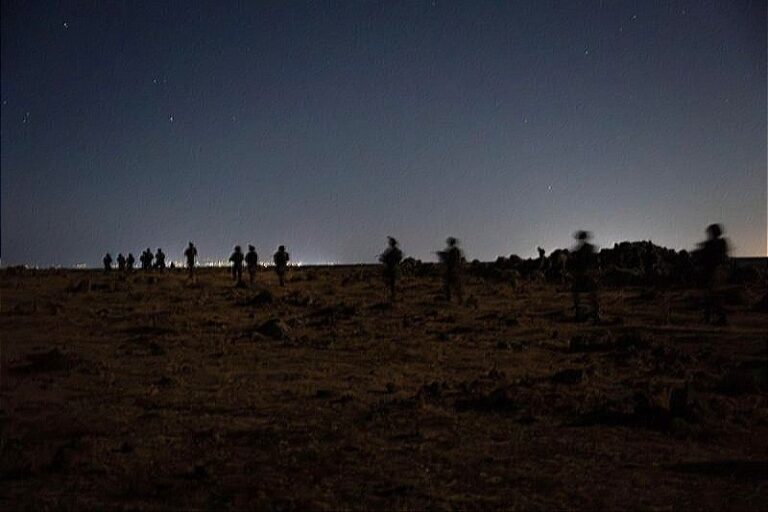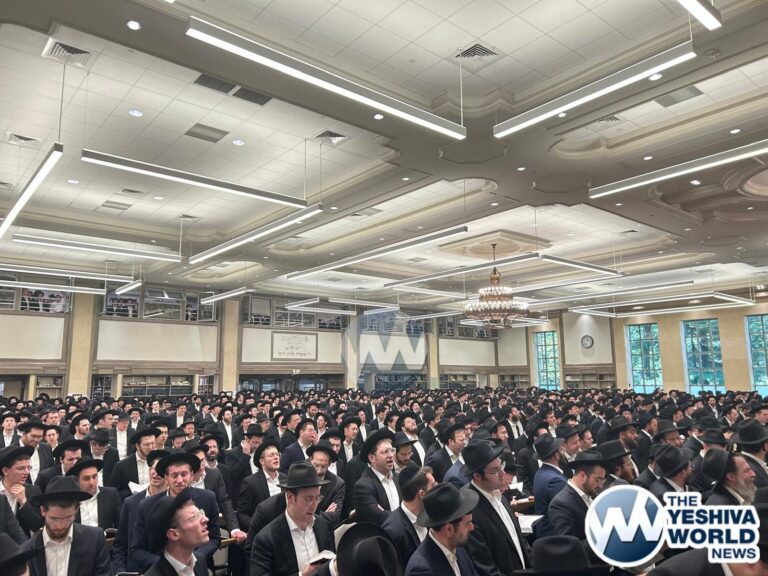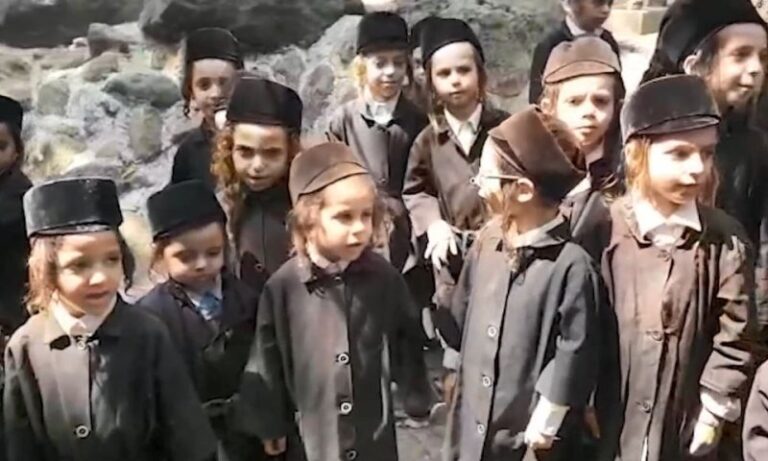 The Tzohar Rabbonim organization has come out against performing the minhag of kaporos on erev Yom Kippur. The organization explains the minhag today leads to unnecessary and unacceptable suffering for the chickens before and during shechita.
The Tzohar Rabbonim organization has come out against performing the minhag of kaporos on erev Yom Kippur. The organization explains the minhag today leads to unnecessary and unacceptable suffering for the chickens before and during shechita.
Rabbi David Stav explains the minhag dates back quite some time and those who perform kaporos have a source for their minhag. He feels that even with this being the case, today it is preferable to do kaporos with money, not with a chicken since the realities that exist lead to unacceptable suffering to the chickens as well as concerns regarding the integrity of the shechita under far less than optimal conditions.
Kaporos has come under increased criticism in Israel over recent years by animal rights activists as well as by rabbonim, with the latter concerned over the quality of shechita of the chickens.
(YWN – Israel Desk, Jerusalem)











11 Responses
Every year, the same story. Kaporos with a chicken is bought down in the rishonim, whereas the money alternative is bought down only by achronim. Each to their own minhag, but surely they should be asking to reform the conditions and kashrus standards during kaporos rather than seeking to abolish the minhag per se?
So do many many Rabbonim in America & Europe, Y is this news??
It may be brought down by the rishonim, but does it explain why even those days they approved of the minhag. Given all the gedarim that rabbonim institued, what gedarim were made on this custom lest the birds be mistreated?
#1- “surely they should be asking to reform the conditions and kashrus standards during kaporos rather than seeking to abolish the minhag per se” – Tzohar does not issue hechsherim and cannot itself improve the standards of kashrut during kaparot.
Until the organizations that can do so make the appropriate changes and improvements – Tzohar has a very valid point: it seems that in the conditions that exist today some poor Jews and yeshiva bochurs (in some communities many kaparot chickens are given to yeshiva kitchens) are quite possibly being fed treif chickens from kaparot. Is that not a sufficient consideration to suspend the use of chickens for kaparot until the problems are resolved? Surely the Ashkenazi custom of kaparot may be fulfilled with money until then. In fact, if determined action is taken right now it may yet be possible to resolve the issues before erev Yom Kippur. But to sit and do nothing just because ‘the custom is an ancient one’ – that does not seem right.
The wording should have specifically mentioned the concerns of invalid shechita and not just “suffering”. Unfortunately the main push for this comes from vegan groups that are anti-shechita. They will see this as a win and a first step to their ultimate goal of ending shechita.
, Y is this news??..
beacuse the movie rabbi came out against a minhag vasikin
The Mishnah Berurah raises the same concerns. This is not a valid reason to imply criticism of someone.
I surmise that later this week when Moshiach arrives, Rabbi Stav will also be advocating not to push the Goat {A.K.A. Azozel} over the cliff, as this must be so scary for the innocent scapegoat, and hence animal cruelty.
The Shulchan Aruch (OC 605:1) prohibits doing kaparos because killing a bird with hopes of kaparah is close enough to a qorban to be prohibited as offering one outside the Beis haMiqdash (shechutei chutz). The Rama ad loc defends maintaining a minhag, saying that there must be some heter if we all do it. The SA actually writes that we should be stopping the minhag. The Rashba prohibits it as darkhei Emori (pagan practices).
Ashkenazim who still bring kaparos with chickens do so because of the Rama. Rav Ovadiah uncharacteristically defends the minhag against the Shulchan Arukh (Yechaveh Daat vol II, #71) with a similar argument.
As for rishonim vs acharonim, it really looks like the rishonim would have succeeded in having the minhag of kaparos stopped had it not been for an acharon — the Ari haQadosh. (The formula “Zeh chalifasi, zeh temurasi, zeh kaparasi”, repeating it three times, is from the Ari.)
So, the rabbanim of Tzohar, who are unsurprisingly a little more informed than an anonymous YWN commentor, actually are well supported. It shouldn’t take much tzaar baalei chaim and resulting chilul hasheim to justify dropping a minhag numerous rishonim wanted dropped.
Speaking for myself (and I am not a poseiq, so FWIW): I do not see how the Rama’s or Rav Ovadia Yosef zt”l’s reasoning would apply to someone whose father or grandfather switched to using money, or who is a baal teshuvah and their parents didn’t do kaparos. One can talk about the importance of preserving minhag. But recreating one after it was dropped?
Micha – The language of Zeh Chalifasi predates the Ari’zl. Rashi to שבת פא: ד”ה האי records a practice from the Geonim that seems to be a proto-minhag for both Tashlich and Kaparos which includes: ומחזירו סביבות ראשו שבעה פעמים ואומר זה תחת זה וזה חליפתי וזה תמורתי and then throwing it into the river. Also worth pointing it out that this practice did NOT involve a chicken, but rather the “it” was what sprouted from a seed they had planted on 14-20 days before RH.
This doesn’t detract from your conclusion that one who does not already have the minhag to use a chicken seemingly shouldn’t start using a chicken but should give preference to using money L’Tzadukah instead, which as we all know is Mavirin.
Of all the words on the Ashkenazi favorite, DIN, how many go beyond DIN? Work on v’ahavta to the easily reached point of knowing for themselves “the benefit” of what so many refer to “erroneously” as minhag? A great pity, for such DIN lovers. On the other hand, could it be that they are correct, that it should read “v’ahavta et HaDin”?
Therefor they don’t see for themselves the vast difference between a succah with hard walls (wood, stone, brick, etc.) and the modern flexible materials. The Shefa that is a free gift from Hashem passes out right through the flexible materials and is lost to them. With solid walls the succah acts similar to a green house, with the shefa coming down through the openings in the schach, then bounces off the walls, eventually collected in the antenna set know as etrog & lulav, then discharged into the heart / ruach area of the soul. This \ for those who so allow it by bringing the bundled end to their hearts for a moment, to discharge the Shefa to their hearts / ruach. Some pretend the set to be like a baton and whirl it about, or if you like “waving” it. Yet its all so simple, so beneficial, so beautiful when one does simply what needs doing. Before knocking it, try it for yourselves …..
For those who like details, its all so very beautifully and beneficially presented in Kitvey HaAri. But for those who prefer doubt, machlochet, you will find none of it there, just facts and instructions …..
Best of luck